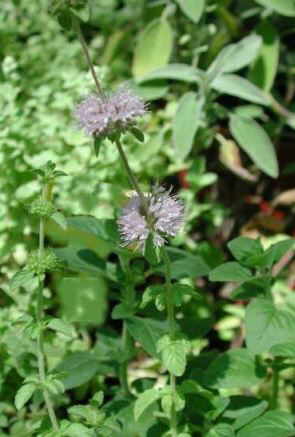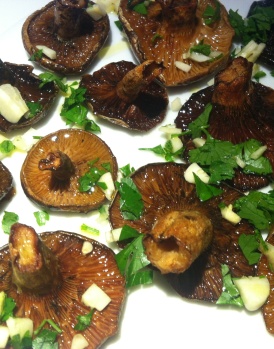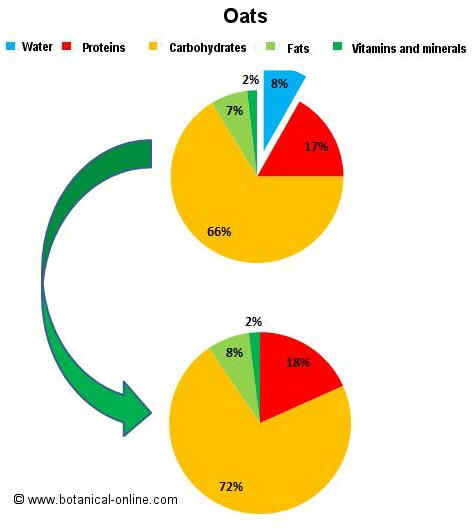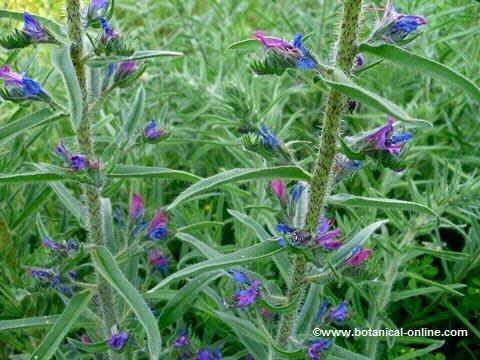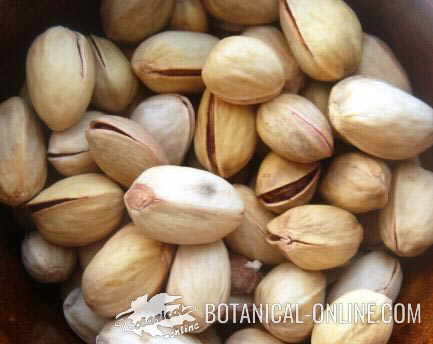Contents
Characteristics of non-indolic hallucinogens
What are non indolic hallucinogens?
Non-indolic hallucinogens are those who lack the indole ring structure and whose structure is similar to amphetamines and adrenaline.
Among these are:
Natural hallucinogens
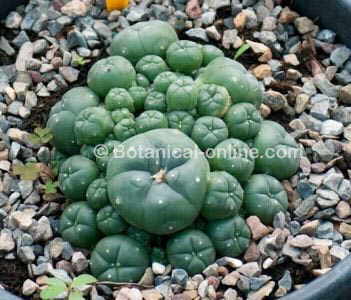 Photo of peyote
Photo of peyote- Peyote: A Mexican mushroom (scientific name: Lophophora williamsii). It has been considered the base of the cult of the Native American Church, having been greatly extended to Canada.
Its main component is mescaline, a bitter principle that usually causes vomiting during the first sixty minutes after ingestion. Subsequently it produces hallucinations.
Mescaline is chemically related to adrenaline and is obtained synthetically from the late nineteenth century, being used by many writers, painters and artists who wanted to try new sensations. The writer Aldous Huxley was a heavy user and left writings about his experiences.
Synthetic hallucinogens
Among them we have:
MDA (Methylenedioxyamphetamine) (love drug): It is related chemically to amphetamines. With stimulant properties, although it initially produces a great physical sensation, it leads to a lack of vigor and a sense of discomfort in the muscles of the jaw the next day after taking it.
MDMA (methylene-dioxy methamphetamine) is commonly known as Ecstasy or Adam. It is consumed in pill form with results similar to MDA, but of shorter duration. It is a very dangerous drug, even at “normal” reactions associated with increased cardiac rhythm with tachycardia, which can lead to death of the consumer. It Is a social substance that is widely used in clubs because it eliminates the feeling of tiredness, so consumers are able to withstand all night without stopping.
It is especially dangerous when taken with alcohol or injected or inhaled through the nose, which increases its properties and can easily cause accidents.
There are also many cases of consumers who exceed the “appropriate” dose, due to a desire to experience its effects quickly, are led to problems of hypothermia, chills, vomiting, and many reactions after half an hour or less of the intake.
Like MDA it leads to the general tiredness of the body the day after taking it, and weakens the body, which is more prone to disease. Sexually, it is not an aphrodisiac, because, although it increases tactile perception, it decreases erection and makes reaching orgasm difficult.
![]() More information on drugs.
More information on drugs.

